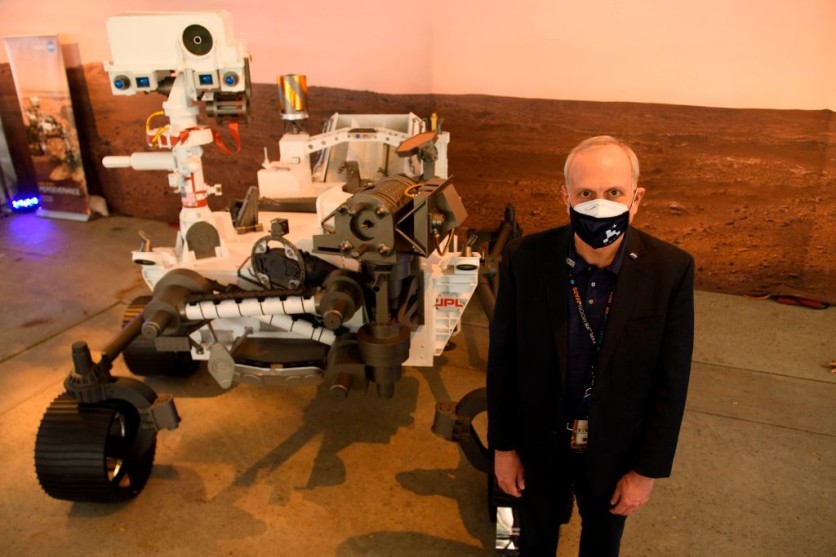NASA's Perseverance rover has gathered interesting organic matter in rock, as reported by CNET.

The rock, which was named Wildcat Ridge, is located in an ancient river delta region of Jezero Crater, where the rover collected two samples. What makes it interesting is that its organic molecules are potentially biosignatures. A biosignature is a substance or structure that could have lead to evidence of past life and may also have been produced without the presence of life.
The Scanning Habitable Environments with Raman & Luminescence for Organics & Chemicals (SHERLOC) instrument investigated the rock and found the most abundant organic detections so far on the mission.
According to scientists, the fact that organic matter was found in sedimentary rock is crucial. Organic molecules are usually associated with volcanic or hydrothermal activity, but it is quite rare to find them in sedimentary rocks. This is because, in the past, mud, sand, and salts that make up the Wildcat Ridge were deposited under conditions where life could potentially have thrived.
These findings confirm that this region of Mars is an excellent place to look for signs of ancient life. SHERLOC's capability for detecting organic compounds with very low concentrations offers the potential for a breakthrough in its ability to assess the likelihood that life might have existed on ancient Mars
However, it's important to remember that this isn't the first time the rover found organic matter on Mars. The Curiosity Rover has also spotted organic matter in Gale Crater, while Perseverance found carbon-containing molecules earlier in the mission.
Currently, Perseverance has 12 rock samples that include the Wildcat Ridge. It also gathered igneous rock samples earlier in the mission that may provide a clue about the volcanic activity in the crater.
Also Read: NASA Perseverance: Sand Transport on Mars Now Under Investigation from Rover
NASA's Plans
NASA is elated with the diverse samples the rover has collected that it's considering dropping some of its filled tubes off on the surface for the future Mars Sample Return (MSR) campaign.
The MSW campaign aims to send a lander to Mars to get the samples of the rover, rocket them off the surface and bring them back to Earth for a closer study. Currently, it is still under development. If things go to plan, we might be able to see the rocks by 2033.
Rocks on Mars can tell us a lot about the history of the planet and may potentially contain organic matter. If NASA's MSR mission becomes a reality, it will be a glorious moment for the agency and for science on Earth.
It will definitely take some time, but the reward will be worthwhile.
For now, we can sit back, relax and watch Perseverance being busy on Mars.
Related Article: NASA Perseverance Rover Discovers Mysterious Rock on Mars, Scientists Astounded on Formation
This article is owned by Tech Times
Written by April Fowell
ⓒ 2025 TECHTIMES.com All rights reserved. Do not reproduce without permission.




